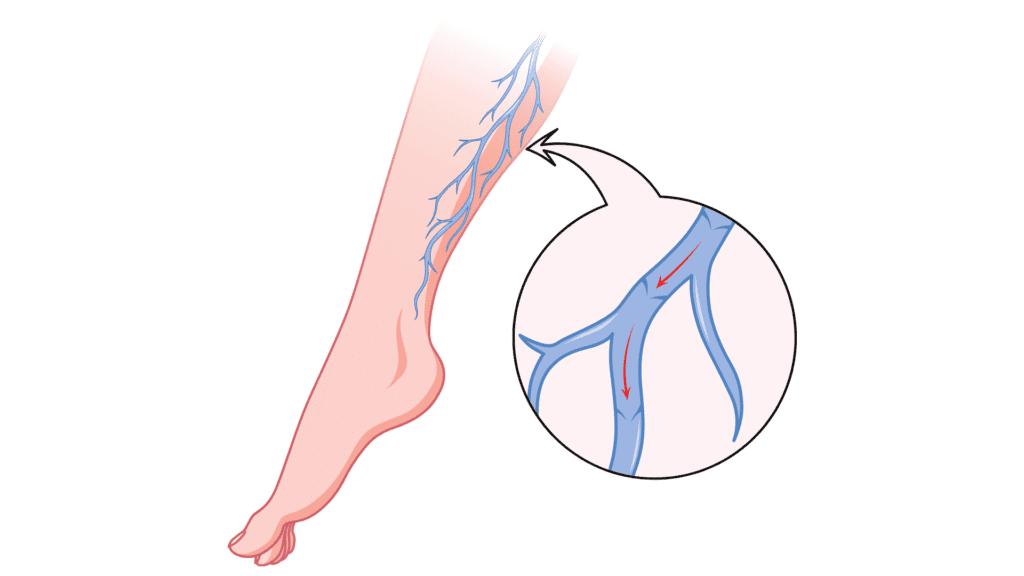Exercise and Lifestyle Tips for Preventing Varicose Veins

Varicose veins often found on the lower extremities are bulging and deformed veins that form due to poor functioning valves of the veins leading to blood accumulation and as a result, discomfort, swelling, and more serious medical issues.
These veins are better prevented than treated and they are easy to avoid. Adequate movement, a balanced diet, and small adjustments to day to day activities can help proper blood circulation and hence, formation of these veins. Avoiding lengthy periods of standing or sitting is crucial as this too can impair circulation. Therefore, it is of utmost importance to move and stretch during the work day.
Good circulation assists in the maintenance of ideal health. It supplies oxygen and other essential nutrients and takes away waste materials. Poor circulation can cause fatigue, edema, and pain the lower limbs. In such cases, medical solutions will have to be sought, as in the case of where Vein Clinic assists those requiring specialized care for their vein health.
Understanding Varicose Veins and Their Causes
Varicose veins occur when the valves in a vein don’t function as expected. Blood starts to gather in that vein (rather than being pumped towards the heart) which results into excess pressure in the veins. This, in turn, results into deformity of the veins that itbecomes visible from beneath the skin. Although they can form anywhere in the body, they are mostly localized on the legs because of the stress attached with standing and walking.
Many factors predispose one to varicose veins. Family history is one major risk factor; so if relatives have it, it is a higher chance one will have as well. Extended sitting or standing could hamper blood circulation which is imperative for proper blood flow. Increased body weight would also put stress on the veins while increased hormonal activity which is associated with pregnancy is capable of weakening the walls of veins. Coupling the veins loses elasticity with age, for instance, makes the situation worse. These factors taken together mean having a high chance of getting them, according to the Mayo Clinic, Even so, the threat of getting varicose veins can be tackled with proper lifestyle changes.
The Role of Exercise in Boosting Circulation
Regular exercise contributes to the efficiency of blood circulation and the reinforcement of vein systems. Some forms of movement also mitigate the risk of blood pooling in the legs and the subsequent varicosity. Furthermore, exercise reinforces the muscles around the veins, allowing for an efficient venous return.
Some exercises are considered to be more beneficial than others for the veins. The healthiest form of exercise is walking since it mobilizes the limb, improves circulatory function, and is relatively non-compressive on the venous system. Another form of exercise like Cycling is also good as it improves blood circulation without stressing the joints.
Swimming works the entire body while exerting less strain on the veins which is useful in patients with poor veins. Furthermore, passive exercises like leg elevation, where one lies supine and raises the legs above the heart, may reduce venous pressure in the legs and decrease the pooling of blood in the limbs thus aiding in venous return.
According to Healthline, these types of exercises play a key role in preventing varicose veins. Staying active and avoiding prolonged periods of sitting or standing can significantly improve circulation and support overall vein health.
Lifestyle Modifications for Better Circulation
Changing certain aspects of your daily lifestyle can improve your circulation, which helps with preventing varicose veins. One of the most pivotal habits is movement. Long periods of inactivity either sitting or standing make it more difficult for blood circulation to flow effectively. A simple solution would be taking short breaks to stretch or walk so that circulation remains active and the pressure in your veins is still under control.
In addition, people who are more susceptible to having varicose veins could try wearing compression stockings, which facilitate blood flow in the legs through gentle squeezes while also being supportive. These are very useful for individuals who are relatively more active and have a higher chance of working for long hours on their feet or even people with a history of vein problems. It is also equally important for a person to ideally remain fit, as not doing so can lead to added burden and hits on the veins which can inhibit proper flow within the body.
Having good daily habits assists too. For instance, sleeping without the leg elevated slightly assists in blood flow because gravity does the work. Wearing loose, free-flowing clothes especially tight clothing that could be found around the waist and legs also assist in aiding circulation.According to the National Heart, Lung, and Blood Institute (NHLBI), combining these habits with regular exercise can significantly lower the risk of developing varicose veins and support overall vein health. Making these adjustments part of a daily routine can have lasting benefits for circulation.
Nutrition Tips for Healthy Veins
The connection between vein health and diet is staggering. A person’s diet is directly proportional to the strength of their veins as well as their chances of developing varicose veins. A key factor regarding this is the person’s intake of fiber foods. Fiber-rich foods like whole grains, beans, and vegetables ensure a person does not suffer constipation—something that alleviates pressure placed on veins.
Berries, greens, and citrus fruits are rich in antioxidants, vitamins, and minerals, helping in supporting blood vessels and keeping them flexible. Omega-3 fatty acids are typically found in fish, flaxseeds, and walnuts and serve the purpose of improving circulation whilst reducing inflammation. Hydration is equally critical to these factors. Keeping blood fluid is essential for oxygen and nutrient transportation, thus having enough water improves circulation.
Fluid retention can also be lessened by reducing the intake of salt. The veins suffer a great deal of strain from additional bloating brought forth by high sodium levels. Supplements like horse chestnut extract and grape seed extract may aid in circulation, but consulting a doctor should be prioritized.
According to Medical News Today, making these dietary changes can contribute to better circulation and lower the risk of vein-related issues. A balanced diet combined with an active lifestyle can go a long way in maintaining healthy veins.
When to Seek Professional Help
Although varicose veins are perceived as a weak medical condition, some symptoms could be alarming. For instance, heaviness or aching in the legs could mean inadequate blood circulation. Moreover, presence of swelling which does not reduce with home treatment like elevation or leg exercises may indicate an underlying serious vein issue. Skin changes like discoloration or appearance of ulcers around varicose veins should never be taken lightly because it suggests further advancement of vein disease.
Once a doctor’s consultation has proven that further treatment is necessary, changes in lifestyle, medication, and sclerotherapy should be considered. Sclerotherapy is when a solution is injected into a problematic vein with the aim of closing it. Laser therapy is another option, which attempts to shrink veins by heat. These are helpful, but do not replace surgical procedures for altering blood flow. Consulting a physician guide one in choosing the appropriate option. Certain venous conditions require the attention of doctors and Elite Vein Clinic offers comprehensive vein care and treatment for such patients because of their strong emphasis on efficacy and safety.
Conclusion
The foundation for preventing varicose veins is rooted in simple changes that span across the lifestyle spectrum. Active interventions such as regular exercise, eating healthy, and being generally active aid in reducing the chances of vein issues by improving circulation. Sitting, standing for long durations, or even wearing compression socks can hinder proper blood flow which doesn’t help vein health, but it does provide some support.
Effective prevention encompasses minute, but impactful changes. Better circulation is promoted by activities such as drinking water and short walks, as well as maintaining a sensible weight. In the case that these symptoms endure, professional assistance should be sought. It would make a world of difference in preventing any complications and improving a person’s overall health. Today’s efforts on vein health will definitely be rewarding in the long run, resulting in an enhanced ability to lead an active and pain free lifestyle.


